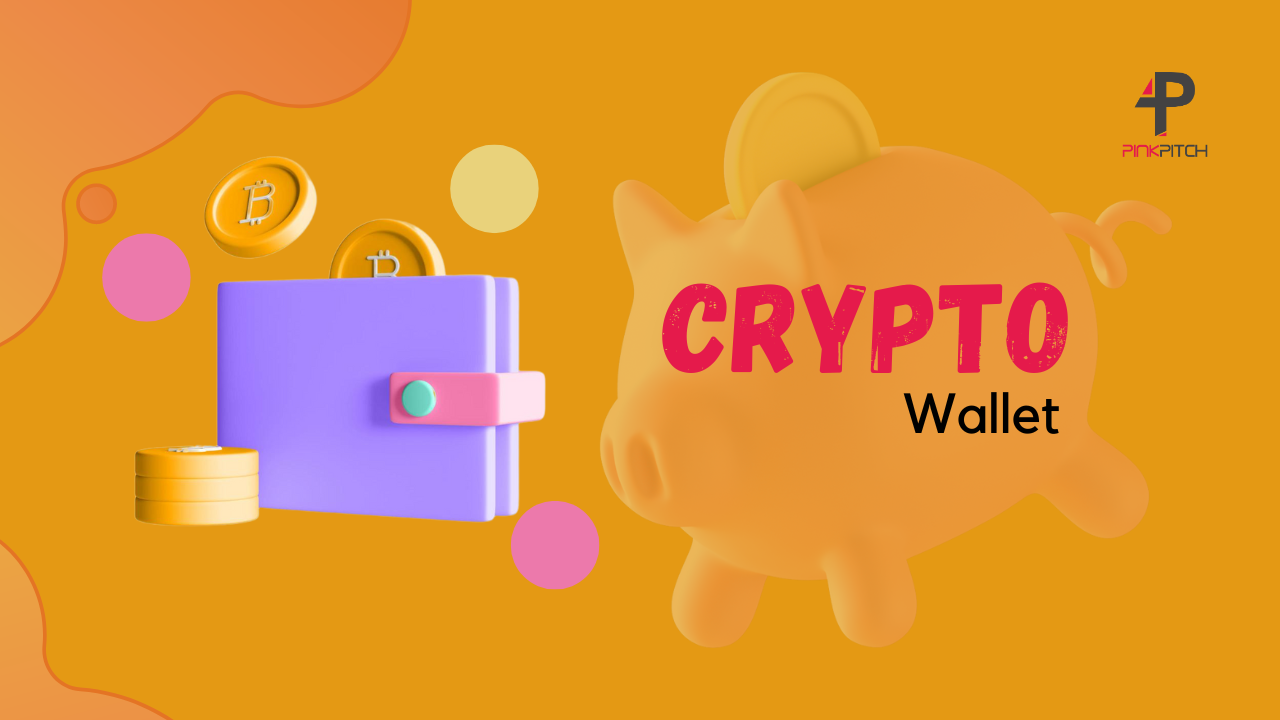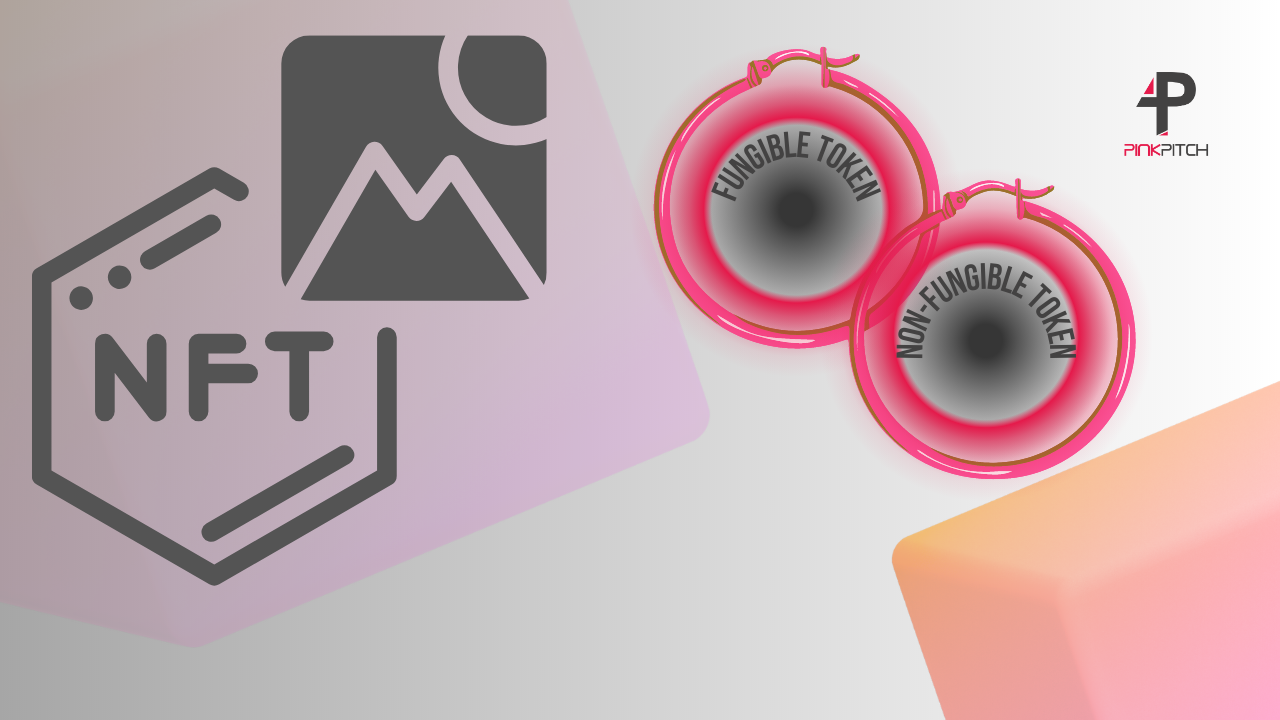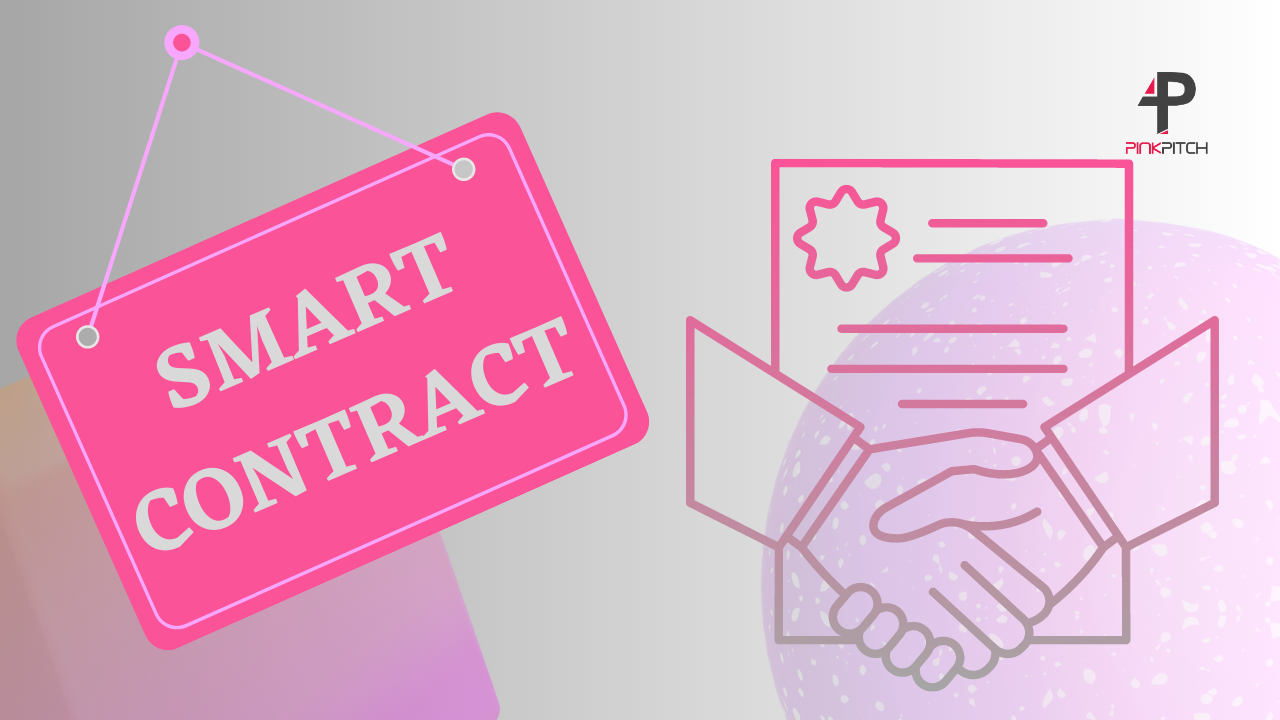Familiarize yourself with the concept of Web3, which refers to the decentralized web and blockchain-based technologies. Additionally, learn about Cryptocurrency Digital Wallet, NFTs and Smart Contract.
Digital Wallet:
A cryptocurrency digital wallet, often simply referred to as a digital wallet or crypto wallet, is a software program or application that allows individuals to store, manage, and interact with their cryptocurrency holdings. It serves as a secure digital repository for storing private keys, which are necessary for accessing and managing a user's cryptocurrency funds.
When someone owns cryptocurrencies like Bitcoin, Ethereum, or others, they don't physically possess the coins or tokens. Instead, they have control over a unique cryptographic key pair: a public key and a private key. The public key is akin to a bank account number, while the private key is like a password or signature that provides access to the funds associated with the corresponding public key.
A digital wallet securely stores the private keys and enables users to view their cryptocurrency balances, send or receive funds, and interact with blockchain networks. It provides a user-friendly interface for managing cryptocurrency transactions and typically offers additional features such as transaction history, address books, and security settings.

Digital wallets can be categorized into different types based on their underlying technology and accessibility:
Software Wallets:
These wallets are software applications that can be installed on computers, smartphones, or tablets. They provide convenient access to cryptocurrencies and are available in various formats like desktop applications, mobile apps, or web-based interfaces.
Hardware Wallets:
These wallets are physical devices designed to store private keys offline. They offer enhanced security by keeping the keys isolated from internet-connected devices, thus protecting against potential hacking attempts or malware. Hardware wallets often require users to physically confirm transactions on the device itself.
Web Wallets:
These wallets operate through web-based interfaces and are accessible through internet browsers. They are usually provided by cryptocurrency exchanges or other third-party service providers. While convenient, web wallets rely on the security measures implemented by the service provider, so it's important to choose a reputable and secure platform.
It's crucial to note that while digital wallets provide a convenient way to manage cryptocurrencies, the security of these wallets is of utmost importance. Users should take precautions to secure their private keys, such as using strong passwords, enabling two-factor authentication, and regularly backing up their wallets.
Now, let's talk about fungible tokens and non-fungible tokens (NFTs):
Fungible Tokens and Non-Fungible Tokens (NFTs):
Let's start with a basic understanding of fungibility and non-fungibility.
Fungibility refers to the property of an asset or a currency that can be exchanged on a one-to-one basis with other units of the same asset or currency. In simpler terms, if something is fungible, it means that each unit is identical and interchangeable with any other unit of the same type. For example, traditional currencies like the US dollar or Bitcoin are fungible because each unit is interchangeable with any other unit of the same denomination.
On the other hand, non-fungible assets are unique and cannot be exchanged on a one-to-one basis with other assets. Each non-fungible asset has distinct properties, characteristics, or qualities that set it apart from other assets. Non-fungible assets can be physical objects like artwork, collectibles, or real estate, as well as digital items like digital art, virtual real estate, or in-game items.

Fungible Tokens:
Fungible tokens are digital tokens that are mutually interchangeable with each other and hold the same value. They are typically built on blockchain platforms that support token standards such as ERC-20 (Ethereum Request for Comment 20). Each unit of a fungible token is identical and can be exchanged on a one-to-one basis with any other unit of the same token. Examples of fungible tokens include cryptocurrencies like Bitcoin (BTC) and Ethereum (ETH), as well as stable coins like Tether (USDT).
Non-Fungible Tokens (NFTs):
Non-fungible tokens (NFTs) are digital assets that represent ownership or proof of authenticity of a unique item or piece of content. Unlike fungible tokens, each NFT has a distinct value and cannot be exchanged on a one-to-one basis with other tokens. NFTs are also built on blockchain platforms, primarily using the ERC-721 or ERC-1155 token standards on Ethereum. NFTs have gained significant popularity in the world of digital art, collectibles, and virtual assets, as they provide a way to establish ownership, scarcity, and provenance in the digital realm. Each NFT contains metadata that describes its unique characteristics, and the ownership information is recorded on the blockchain. This allows creators to sell and buyers to trade these unique digital assets. NFTs can represent various digital items such as artwork, music, videos, virtual real estate, virtual goods in games, and more.
ERC 721 Token:
ERC721 is a standard for non-fungible tokens (NFTs) on the Ethereum blockchain. NFTs are unique digital assets that can represent ownership or proof of authenticity for a particular item or piece of content. Unlike cryptocurrencies such as Bitcoin or Ethereum, which are fungible and can be exchanged on a one-to-one basis, each ERC721 token is distinct and cannot be directly exchanged for another token on a like-for-like basis.
The ERC721 token standard provides a set of rules and guidelines for developers to create and manage NFTs on the Ethereum blockchain. It defines a common interface that allows NFTs to be created, owned, transferred, and traded in a standardized way. Each ERC721 token has a unique identifier (token ID), and the ownership and metadata of each token can be tracked and verified on the blockchain.
One of the key use cases for ERC721 tokens is the representation of digital collectibles, such as unique artwork, virtual pets, game items, or virtual real estate. Each token within an ERC721 contract can have different attributes, making it possible to create and trade diverse and rare digital assets. This uniqueness and scarcity contribute to the value and appeal of NFTs.
Since the introduction of ERC721, various platforms and marketplaces have emerged to facilitate the creation, buying, selling, and trading of NFTs. These platforms often use smart contracts to enforce the rules and functionalities of ERC721 tokens, providing a decentralized infrastructure for NFT ownership and exchange.
ERC 1155 Token:
ERC1155 is a token standard on the Ethereum blockchain that allows for the creation of both fungible (identical and interchangeable) and non-fungible (unique) tokens within a single smart contract. It was proposed as an improvement to the existing ERC20 and ERC721 standards, aiming to provide greater flexibility and efficiency for developers.
With ERC1155, a single smart contract can manage multiple types of tokens, including both fungible and non-fungible tokens. This means that developers can create a variety of assets, such as in-game items, digital collectibles, or even cryptocurrencies, all within a single contract.
The ERC1155 standard introduces the concept of "token IDs" to uniquely identify each token within a contract. Each token ID represents a specific item or asset and can have its own supply and metadata associated with it. Token IDs can be either fungible or non-fungible, allowing for the creation of both types of tokens within the same contract.
One of the key advantages of ERC1155 is its efficiency in terms of gas costs and storage requirements. By allowing multiple tokens to be managed within a single contract, it reduces the overall overhead compared to deploying separate contracts for each token type. This can be particularly beneficial in scenarios where a large number of tokens are being used or traded.
The ERC1155 standard has gained popularity in the blockchain gaming industry due to its ability to efficiently manage in-game assets, provide interoperability between different games, and enable complex token ecosystems. It has also been adopted by other applications beyond gaming, such as decentralized finance (Defi) platforms and digital art marketplaces.
It's important to note that while NFTs have gained a lot of attention and value in certain markets, the concept of fungible and non-fungible assets extends beyond tokens and blockchain technology. The core idea of fungibility and non-fungibility applies to various aspects of economics and asset interchangeability.
Now, let's talk about Smart Contract:
Smart Contract:
A smart contract is a self-executing contract with the terms of the agreement directly written into code. It is an integral part of blockchain technology, particularly associated with platforms like Ethereum. Smart contracts allow for the automation and execution of agreements without the need for intermediaries or third parties.
Traditional contracts typically require human involvement to enforce terms and ensure that all parties fulfill their obligations. In contrast, smart contracts leverage the decentralized and immutable nature of blockchain technology to provide a more efficient and trustless approach to contracting.

Smart contracts are created using programming languages specifically designed for blockchain platforms, such as Solidity for Ethereum. They define the rules, conditions, and penalties of an agreement, and once deployed to the blockchain, they are immutable and cannot be modified. The code acts as the arbiter, automatically executing the contract when predefined conditions are met.
The execution of a smart contract relies on the consensus mechanism of the underlying blockchain network. Once the required conditions are verified by the network nodes, the contract is executed, and the results are recorded on the blockchain. This transparency and decentralized nature eliminate the need for intermediaries, reduce costs, and increase the security and efficiency of transactions.
Smart contracts have a wide range of applications beyond simple financial transactions. They can be used for crowdfunding, decentralized applications (Dapps), supply chain management, voting systems, insurance claims, and more.
Smart contracts versatility and potential have made them a fundamental building block for decentralized applications and the development of the broader concept of a decentralized, autonomous organization (DAO).
Also read:
Subscribe us: